Panama coffee is highly renowned in the global coffee market. At the end of the 19th century, when European immigrants settled in Panama, they brought coffee to Panama; the first area where these immigrants grew coffee was the province of Chiriquí. Today, this province remains the main coffee-producing area in Panama.
The early plantations were distributed in the coastal areas, but due to the lower altitude, the early farms were plagued by pests and diseases, so the plantations quickly moved to higher-altitude areas. Today’s main coffee growing areas are Boquete, Volcán, and Renacimiento, all of which are in the province of Chiriquí.
The three coffee growing areas in Panama are located around the three volcanoes in the country: Volcán Baru, El Valle, and Le Yeguada. These areas have special microclimates, fertile volcanic soils, and the mild breezes blowing from the Pacific and Atlantic bring cold air. When the north wind blows through the mountains, a mist called “bajareque” is formed, which reduces the temperature around the coffee farms on the hillsides and slows down the ripening time of the cherries. When the cherries ripen more slowly, they accumulate higher sugar concentrations and more aromatic substances, making the coffee perform more rich and delicate.
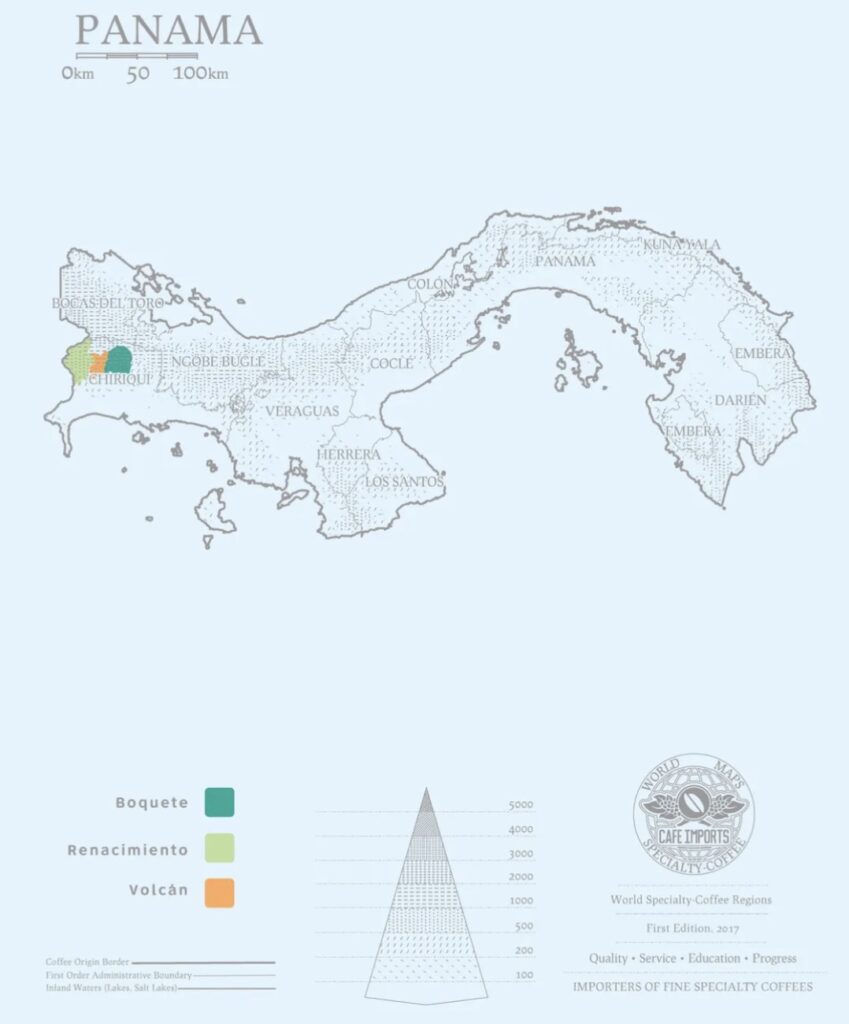
Boquete and Volcán are separated by a volcano named Volcán Baru. These two areas have a strong transportation and processing infrastructure, which is an important factor in promoting the production of high-quality coffee in these areas.
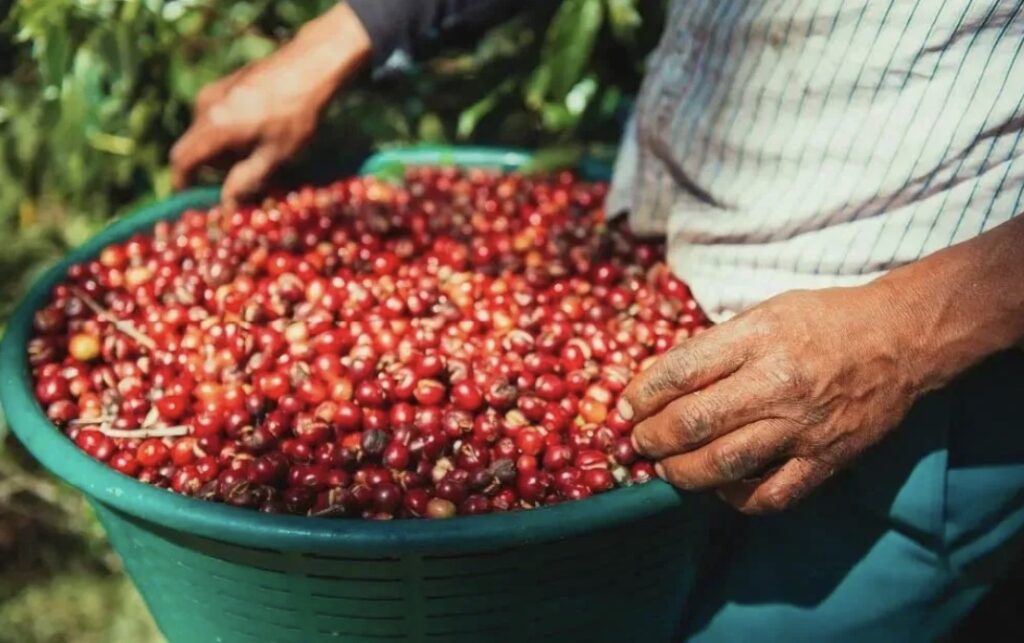
Renacimiento is not as well-known as Boquete and Volcán, mainly because of its remote location and difficult access. The remote location has led to a reduction in the processing and transportation infrastructure.
Although Panama is a relatively small coffee-producing country, it has become an international boutique coffee star-producing country by producing Geisha coffee with excellent quality.
・The first specimen of the Geisha variety was collected from the wild forests in Ethiopia in the 1930s.
・In 1953, Geisha was brought to CATIE (Center for Tropical Agricultural Research and Higher Education);
・In the 1960s, CATIE distributed Geisha (then called T2722) throughout Panama.
CATIE initially promoted Geisha because it showed resistance to coffee leaf rust (CLR), but when it was grown in low-altitude areas, the cup performance was unsatisfactory.
In the 1960s, Geisha was not at all appealing to farmers. Apart from its small yield and difficulty in growing, the coffee industry at that time focused more on yield and consistency than today, and this low-yield, sensitive tree species was not often grown in large quantities.
After several decades, the delicate flower and fruit fragrance of Geisha was only fully discovered. In the early 21st century, the owner of the La Esmeralda estate in Panama, the Peterson family, decided to separate and process Geisha as a single variety and send it to the competition, and Panama and even the whole world began to become familiar with and obsessed with the aroma of Geisha.
Today, many coffee farms in Panama are owned by foreigners or international investors. The additional influence of international farmers can help and promote agricultural infrastructure, inputs, and planting methods, especially focusing on social responsibility and environmental sustainability.
The considerable income brought by Geisha has both advantages and disadvantages for the local coffee industry. Some producers usually reinvest in their communities after receiving income, or renovate the farm to make it as environmentally sustainable as possible. But on the other hand, the temptation of Geisha’s high value will lead some people to bypass traditional land purchase agreements and illegally cut down the forests of national parks to obtain the best location for new (illegal) farms.
Although the number of producers who earn high profits with Geisha is still relatively small, Panama’s thriving coffee industry has shown the potential to increase the income of more producers and coffee workers.
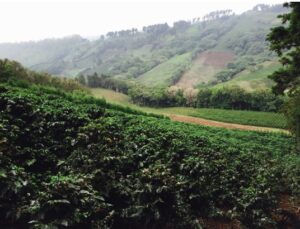
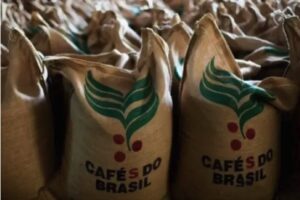
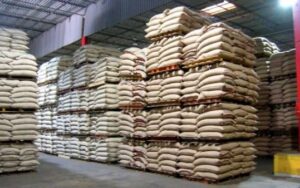
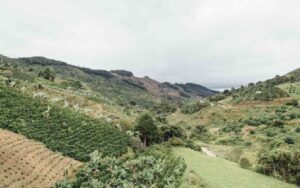
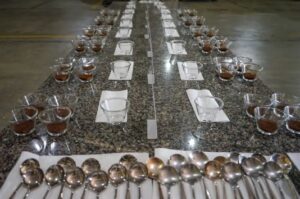

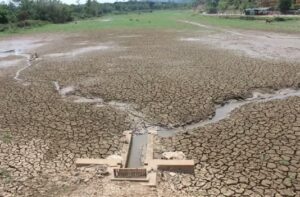
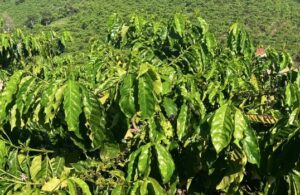
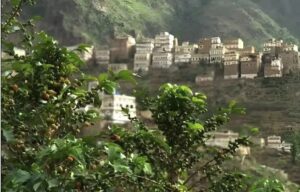

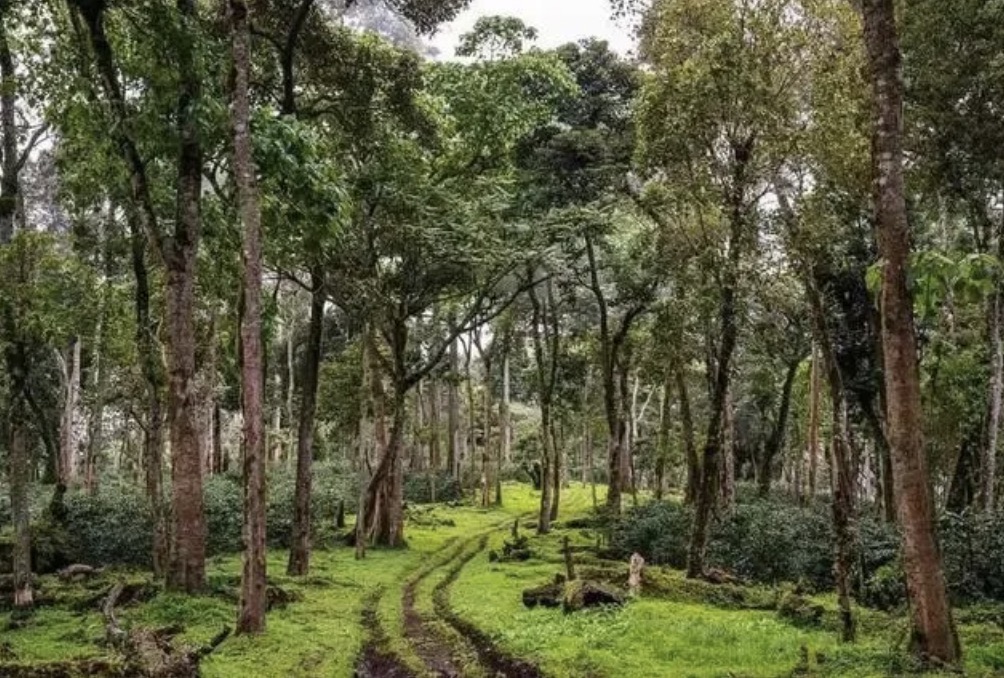
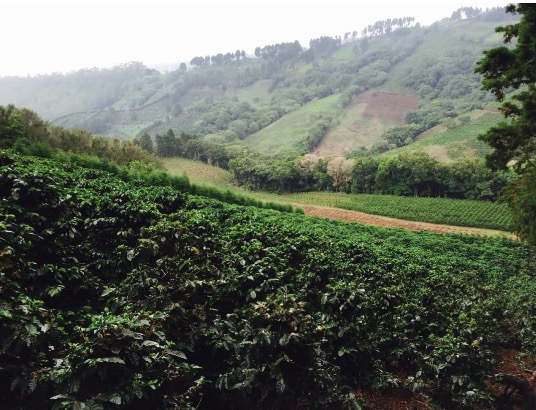
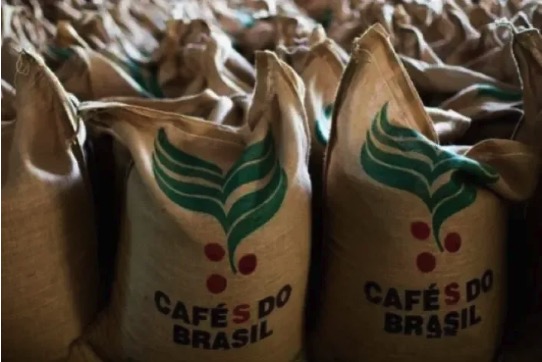
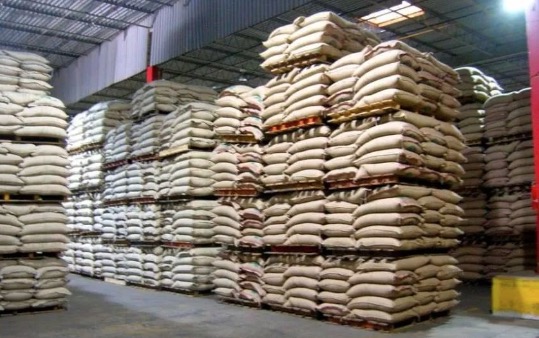
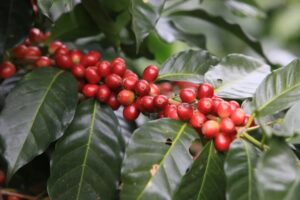

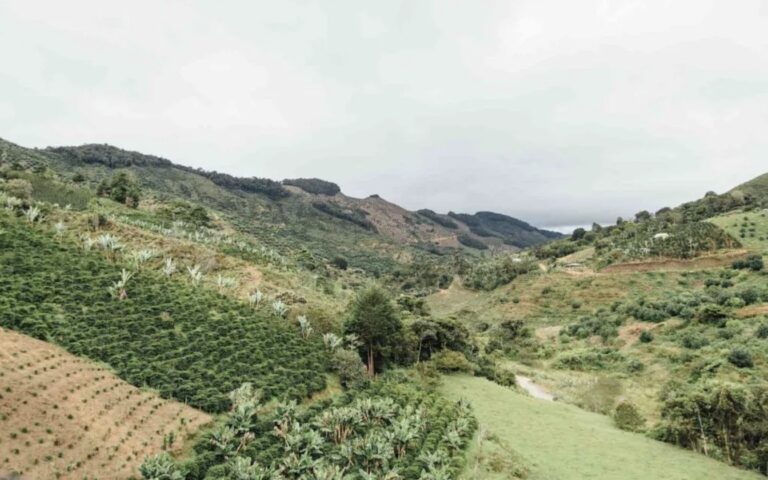
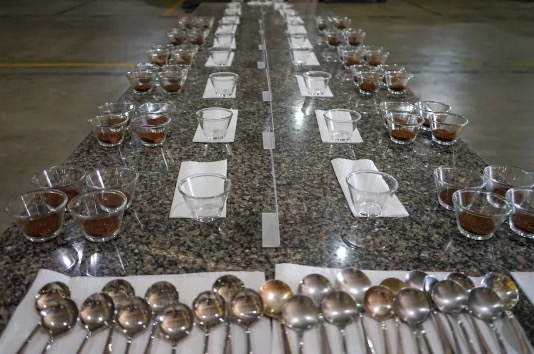

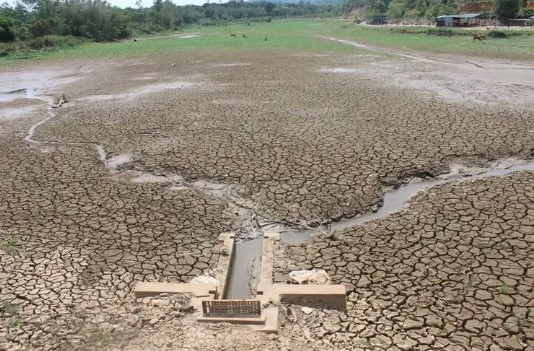
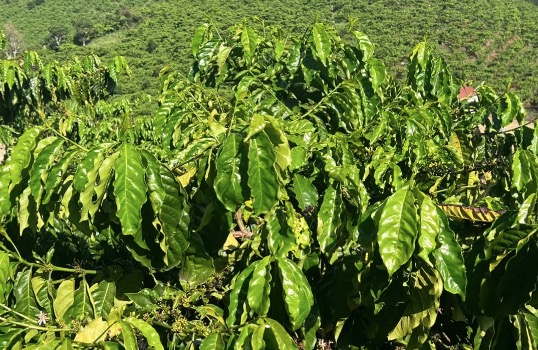
+ There are no comments
Add yours